This gallery shows 24+ High Quality and Best Resolution Judo PNG Symbol Images, Vectors, Stickers, logos, Icons, and Clipart Pictures with transparent backgrounds. Free download all these Judo Png Images for graphic design, projects, presentations, web design, editing, and other works.
Judo PNG Images:
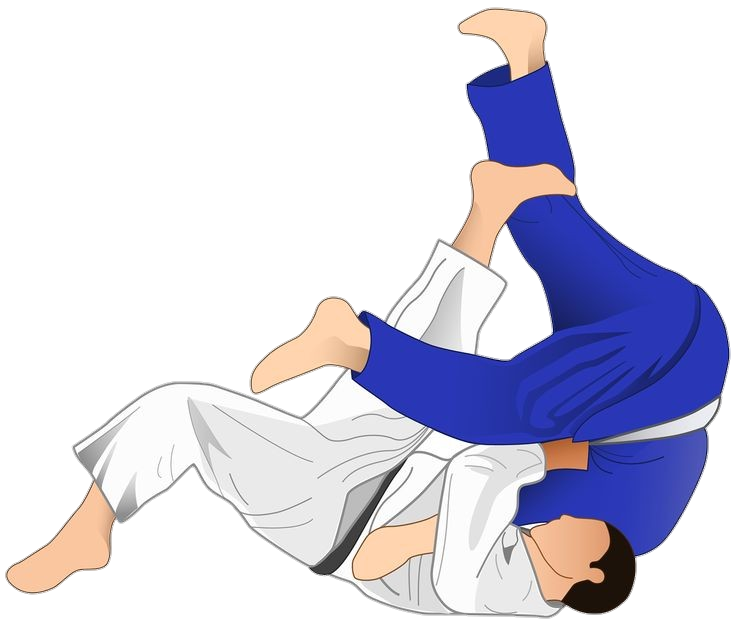
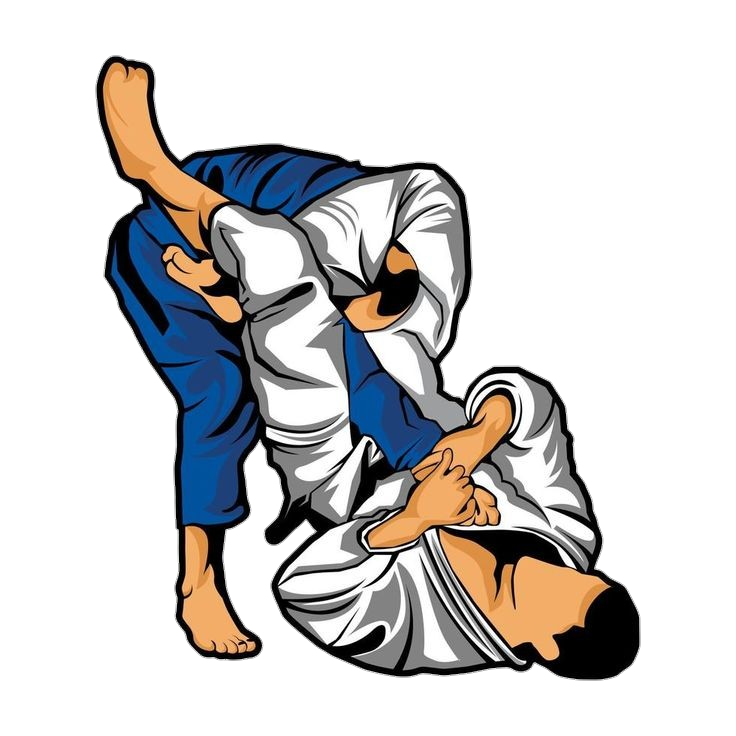
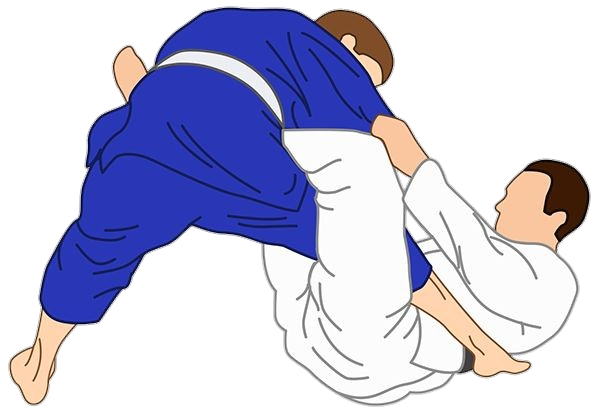
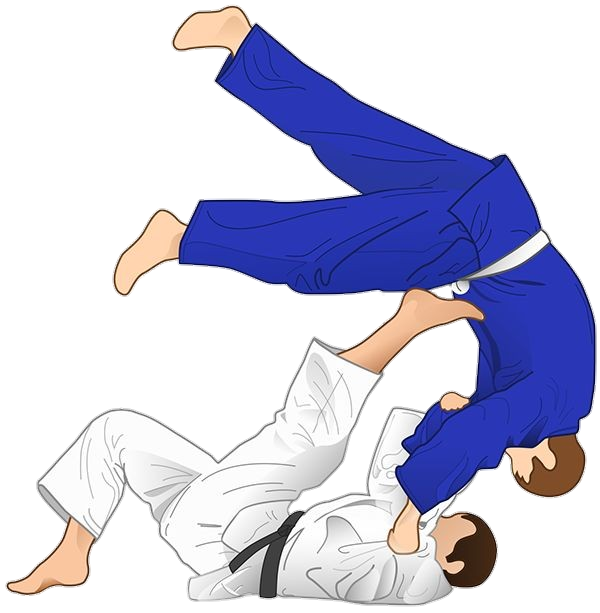
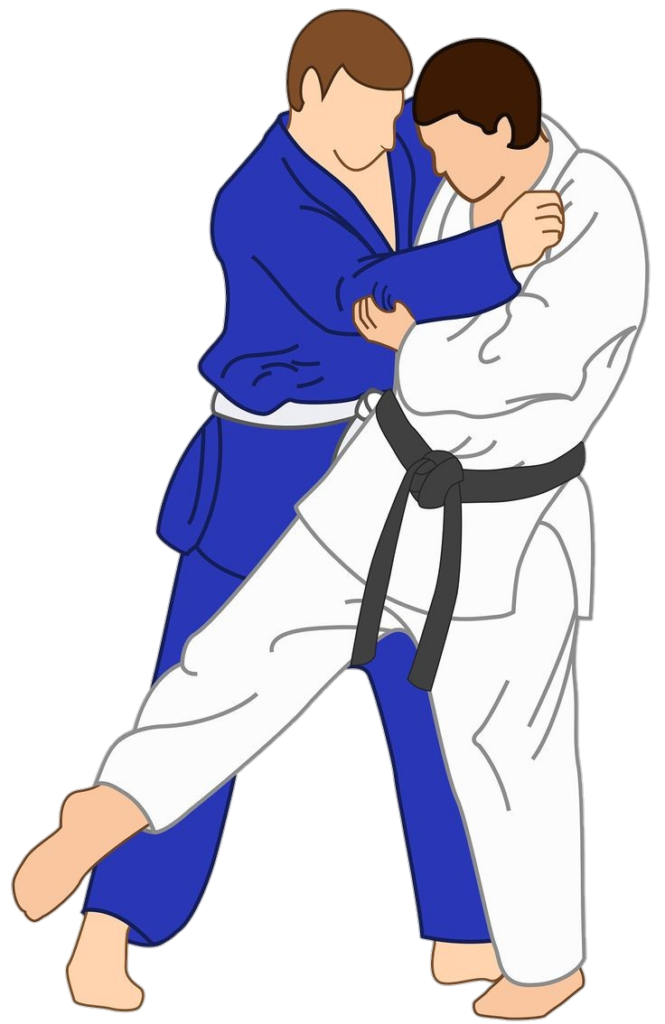
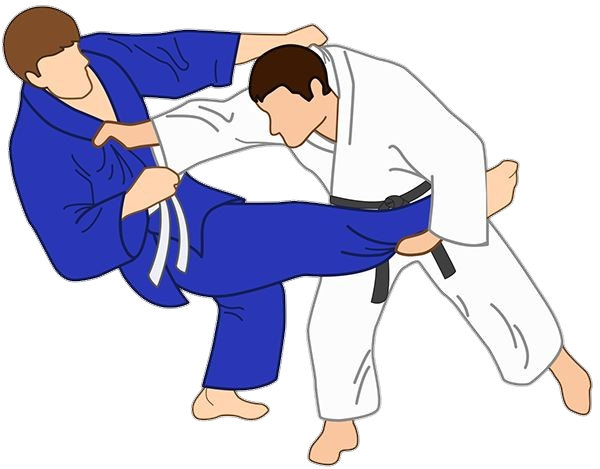
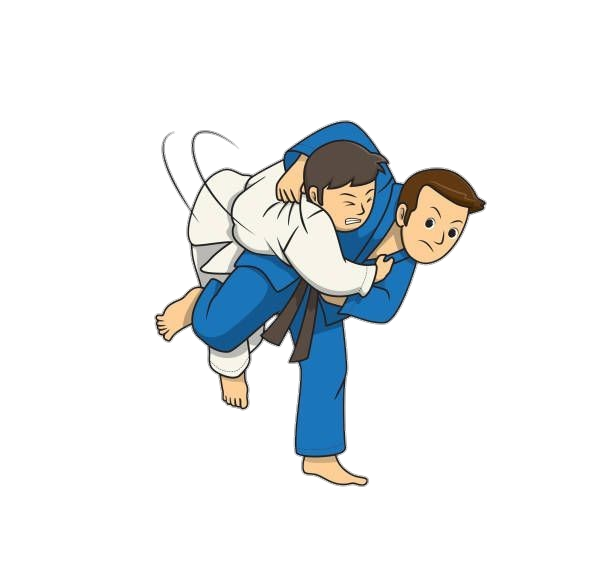
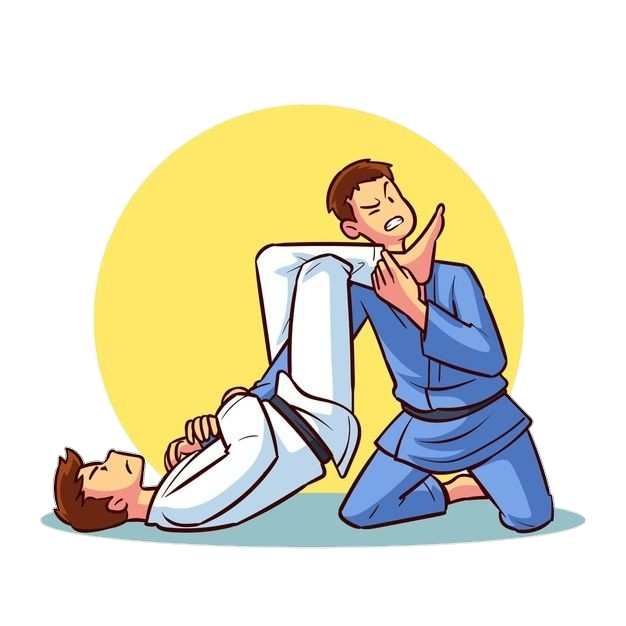
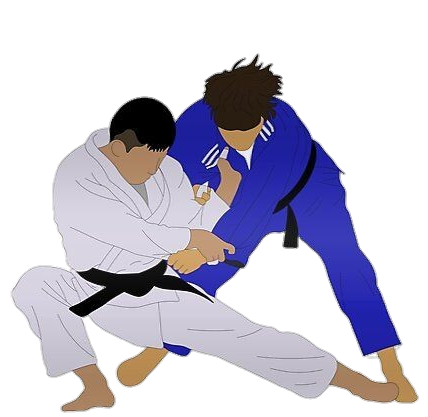
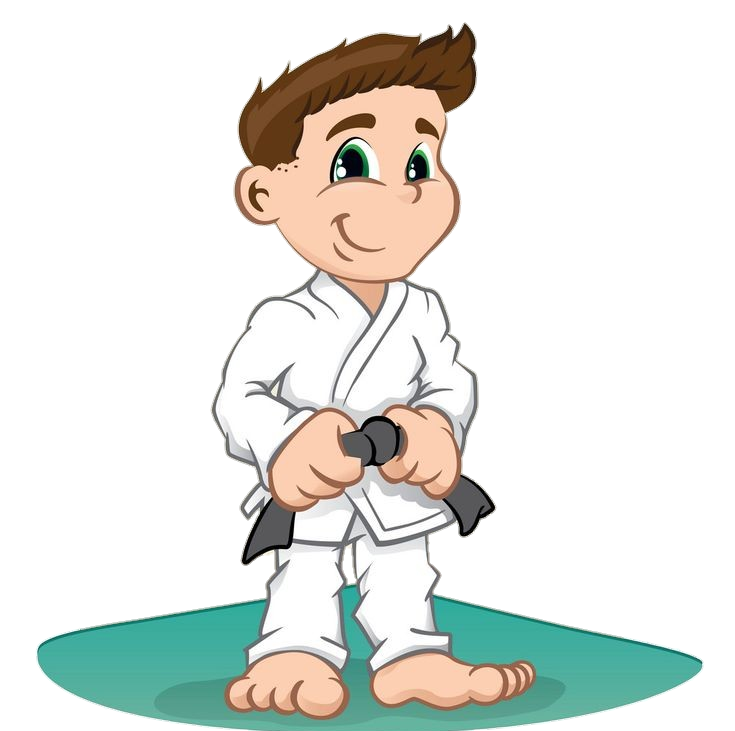
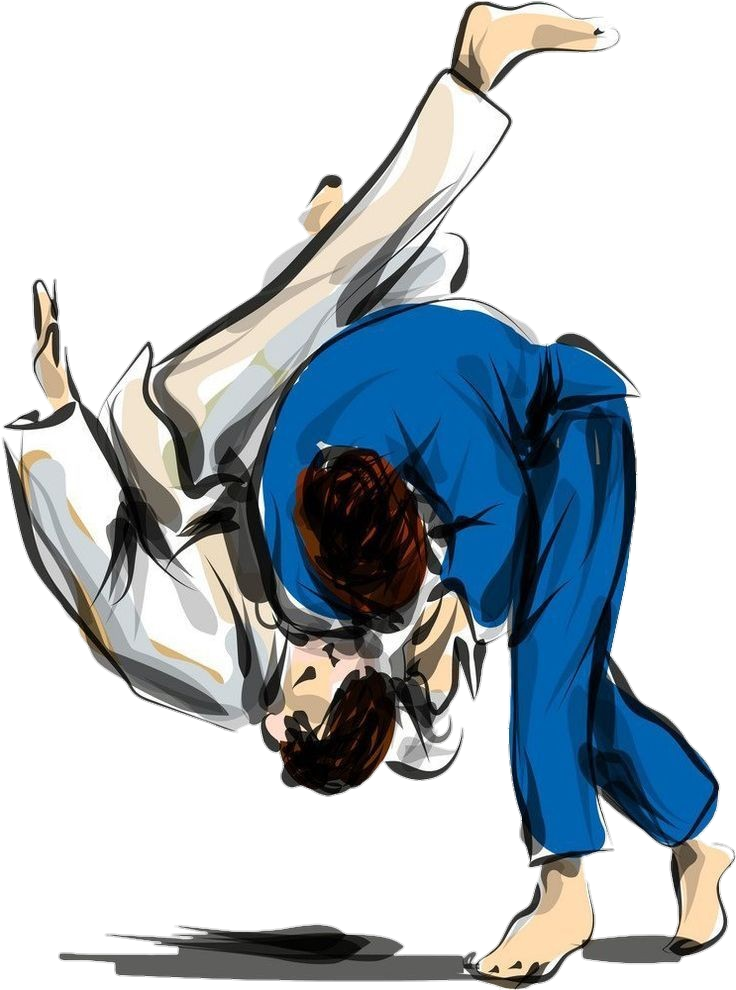
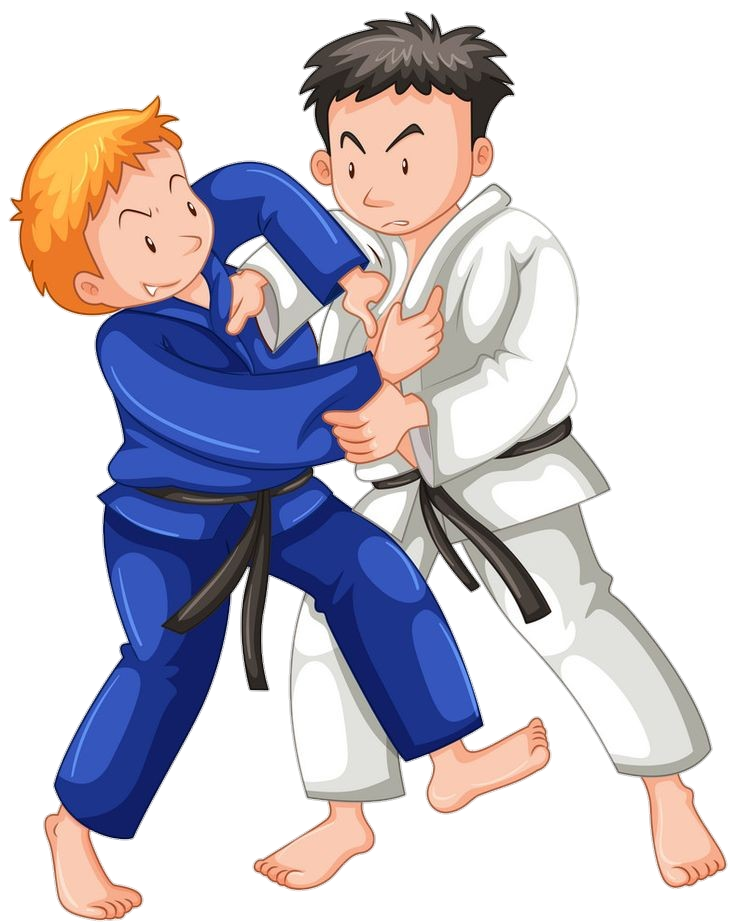
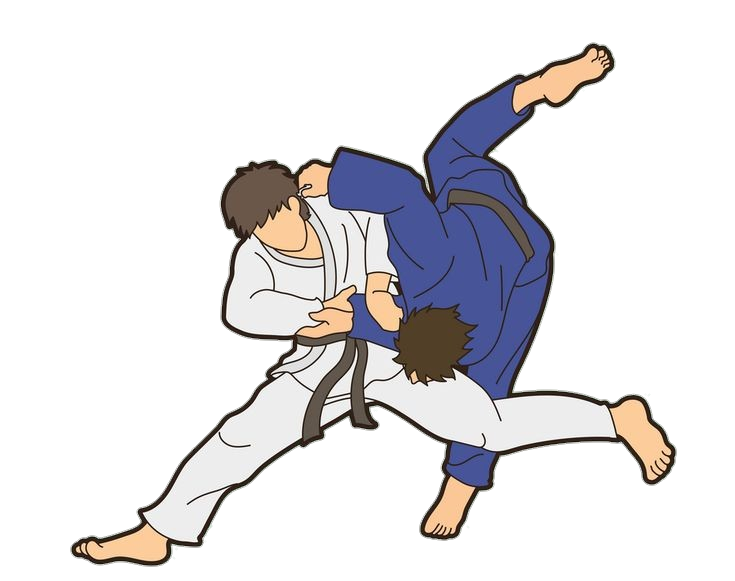
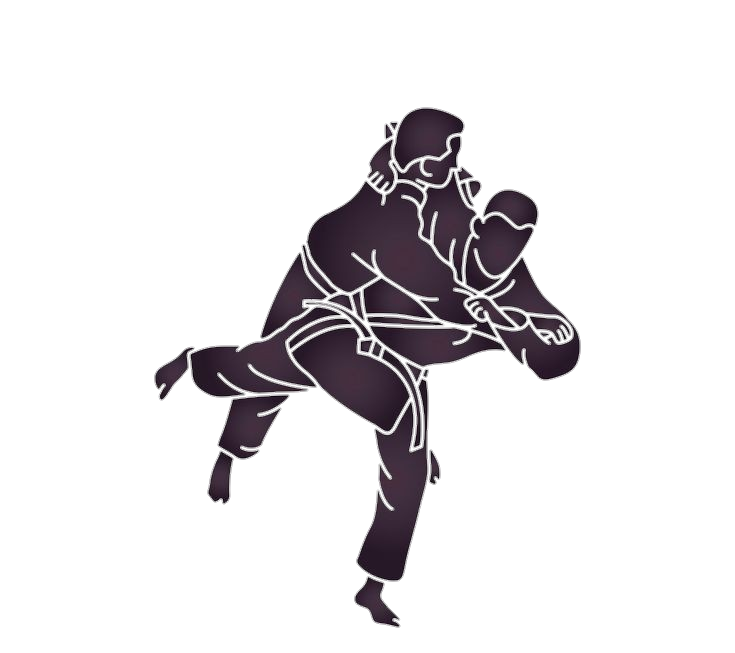
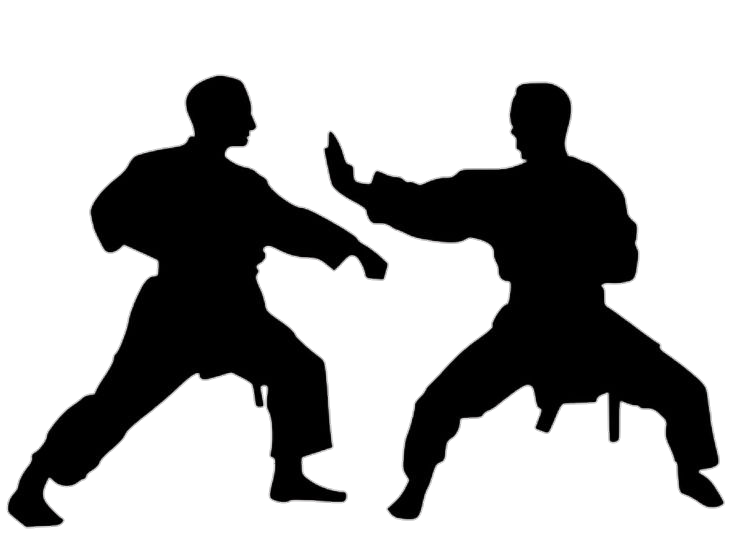
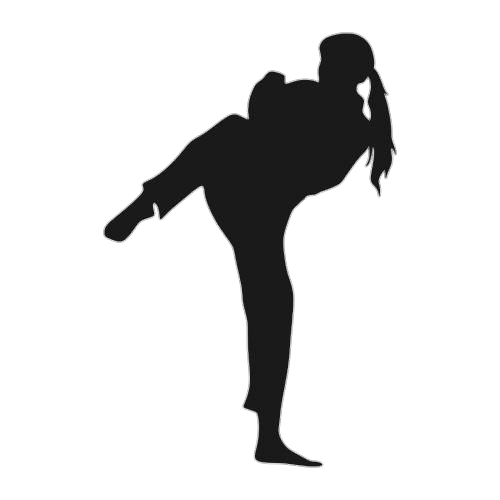
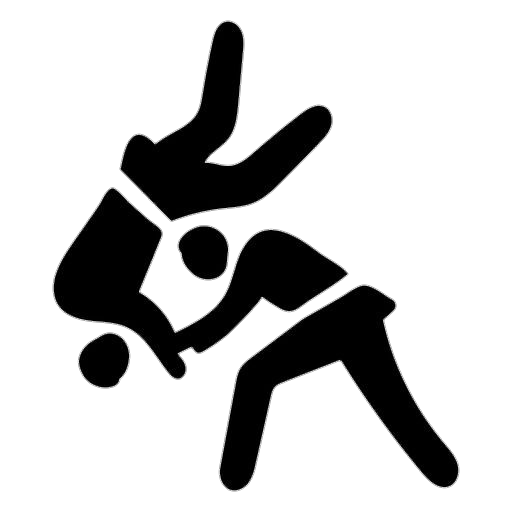
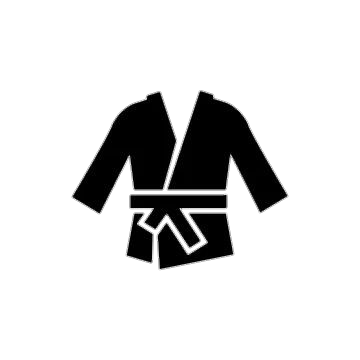
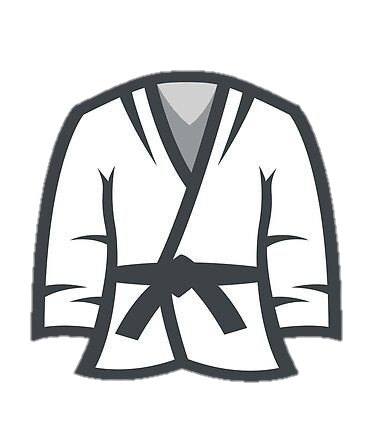
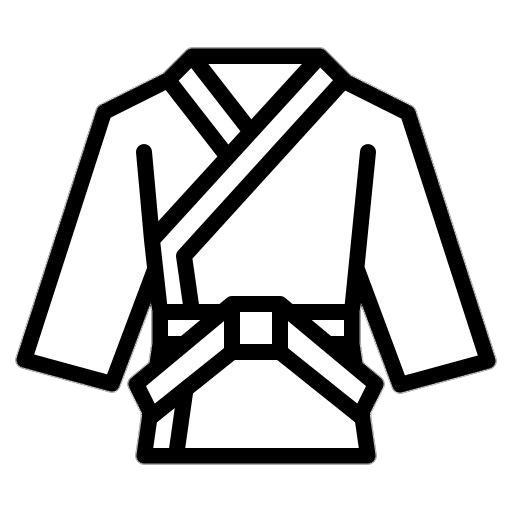

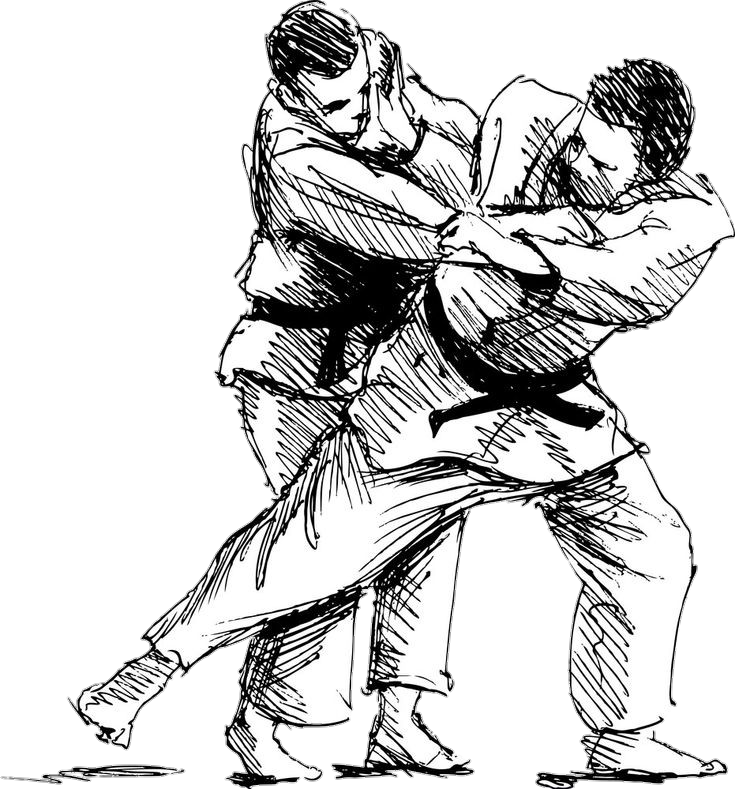
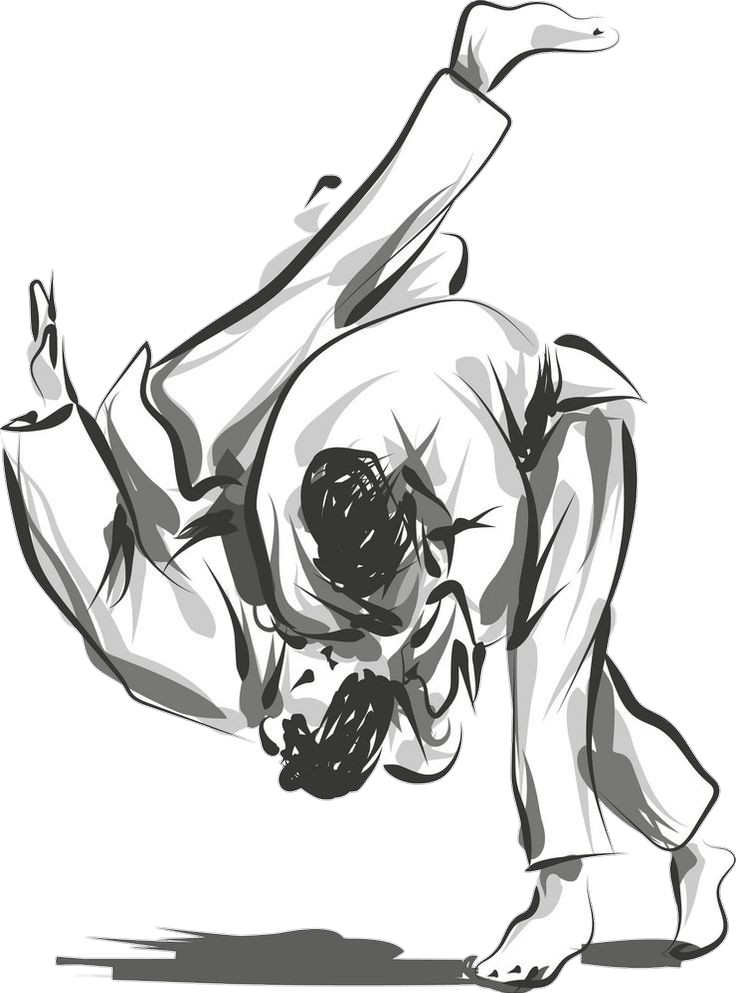
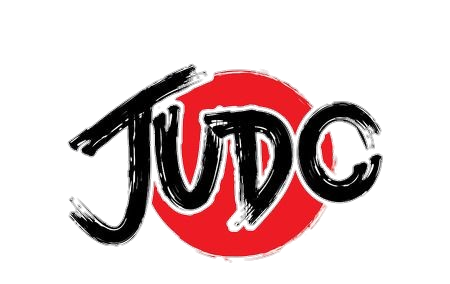

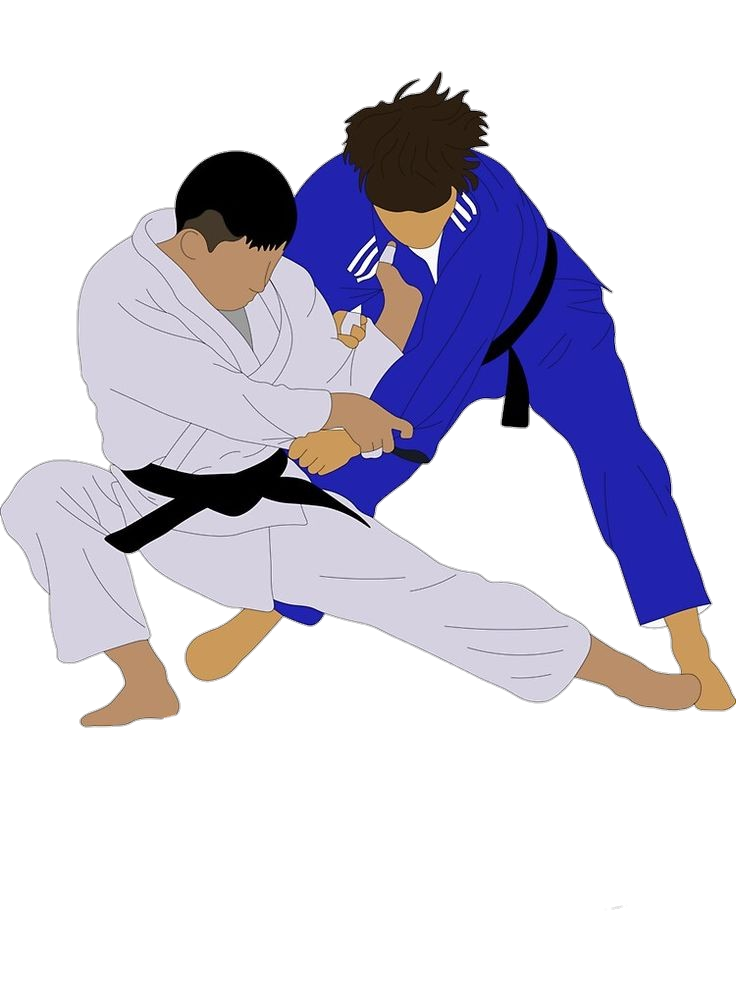
Judo, a martial art that originated in Japan, has transcended its roots to become a globally respected discipline, admired for its personal development, self-defense, and physical fitness principles. Founded by Jigoro Kano in the late 19th century, Judo’s core philosophy emphasizes using an opponent’s strength and movements to one’s advantage, making it unique among martial arts.
Judo’s inception can be traced back to Jigoro Kano’s desire to create a martial art focused on self-improvement and moral development rather than simply defeating opponents. Kano combined elements from traditional Japanese jujutsu schools and modified techniques to make them safer for training and competition. He formalized the art’s philosophy and techniques, eventually leading to the establishment of the Kodokan Judo Institute in 1882. From there, Judo gained popularity and spread across Japan and the world.
Judo’s core principles center around “maximum efficiency, minimum effort,” and “mutual welfare and benefit.” Unlike other martial arts that advocate brute strength, Judo emphasizes using an opponent’s force and momentum against them. This principle of yielding and redirecting energy teaches practitioners to adapt to various situations, both on and off the mat. Judo also promotes respect, discipline, and humility, critical aspects of personal growth.
Benefits of Judo:
- Physical Fitness: Judo provides a full-body workout, enhancing strength, endurance, flexibility, and cardiovascular health. It demands quick reflexes, coordination, and balance, contributing to improved overall fitness.
- Self-Defense: Judo techniques focus on leverage and joint locks, enabling practitioners to subdue opponents without causing unnecessary harm. This self-defense aspect empowers individuals to protect themselves in real-life situations.
- Mental Discipline: Judo’s philosophy instills discipline, focus, and patience. Practitioners learn to control their emotions, make quick decisions, and remain calm under pressure, skills that are transferable to various aspects of life.
- Confidence and Self-Esteem: As practitioners master techniques and achieve higher ranks, their confidence grows. Overcoming challenges and setbacks in training builds resilience and a sense of accomplishment.
- Camaraderie and Social Skills: Training in Judo often involves partner work, fostering a strong sense of camaraderie among practitioners. This environment encourages teamwork, communication, and the development of valuable social skills.
In today’s world, Judo retains its significance due to its holistic approach to personal development. Judo’s principles offer a constructive path forward as societies grapple with issues of violence, bullying, and mental health. The practice promotes non-violence, conflict resolution, and mental well-being, making it highly relevant for individuals of all ages.
Additionally, Judo’s influence extends beyond its traditional dojo setting. Its principles can be applied in various fields, such as leadership, business, and education. Concepts like adaptability, utilizing strengths, and fostering cooperation have practical applications in problem-solving and team dynamics.

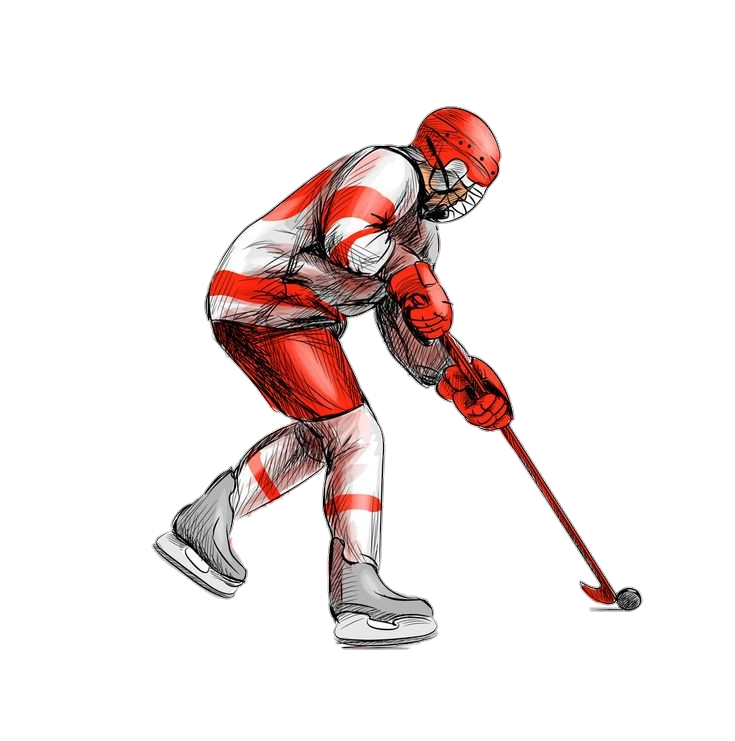
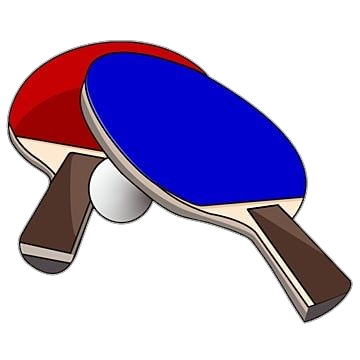



Leave a Comment
Instagram